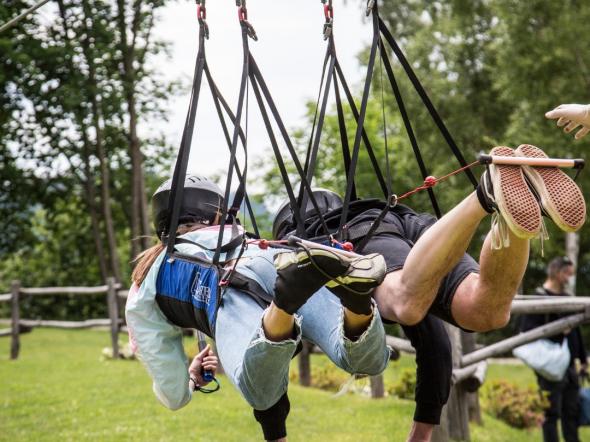Before embarking on a mountain hike, it's important to choose a route suitable for one's abilities, level of preparation, training, and experience. Considering the abilities of all participants, it's wise to select a route that even the least experienced member can complete without risks, perhaps opting for shorter hikes with moderate elevation gains.
Below are some explanations of the symbols used by the Italian Alpine Club (CAI) regarding the difficulty level of hiking trails.




